
In today’s mechanized world, the biggest problem that we are facing is cybersecurity threats. Everyone is equipped with a digital device and so no one is off-limits for these attacks. With the broad utilization of technology and connectivity, we have become part of a world where cyber threats have become more common and dangerous. Internet and cybersecurity risks co-exist and there is no other way to go about it, the severity of these risks might vary but we can never get rid of these threats entirely.
However, as alarming as it sounds, there are a lot of identifiable cybersecurity threats that can be prevented. In this article, we will discuss the most common cybersecurity threats so you can educate yourself.
Cybersecurity Threats

A cybersecurity threat alludes to any conceivable noxious attack that looks to get data, damage data, or disturb the flow of cyber operations. Cybersecurity threats can be initiated from different sources, including criminal associations, terrorist groups, corporate spies, lone hackers, hacktivists, disgruntled employees, or any other person/group.
Cybersecurity attackers can utilize a person’s or an organization’s confidential information to access data or monetary records, which is the reason network safety experts are the key to keeping sensitive information secured.
Organizations should invest heavily in the network security department so the integrity of the company remains intact. Individuals can utilize security suites for their cyber protection. Another important thing is that individuals should only sign up with internet providers who offer guaranteed security. For example, Optimum offers complimentary service and device protection with all of its internet packages; if interested, you can click here to find out more details.
Common Types of Cybersecurity Threats
Some of the most common cybersecurity threats are discussed in this section:
Malware

Malware is harmful programming that is actuated when an internet user taps on a malignant attachment or link, which prompts to download malicious software. A report by Cisco suggests once actuated, malware can:
- Spy on your online activities
- Block your access to important network aspects
- Install more unsafe software
- Make the framework inoperable by disrupting individual parts
Malware is further categorized into the following types:
- Ransomware – this harmful programming is intended to encode the user’s storage drives, making them inaccessible by the user. Then, an ultimatum is sent out to the victim demanding something in return, mostly money. If the victim falls short on the ultimatum, the encryption key is deleted, and the victim loses the data forever.
- Trojans – a piece of malware that masks as a legal program to fool the users into downloading it. Trojans can do a great deal of harm since they work behind your network defenses by acting like something innocuous while conveying a significant threat inside.
- Worms – a program that can spread throughout the system by replicating by itself. Once in the system, worms will look for some type of file-sharing software or database and send itself out as a link. When sent as an email, the link looks like a part of the email sent from the victim.
Emotet

According to CISA (the Cybersecurity and Infrastructure Security Agency), Emotet is a high-level, financial Trojan that essentially works as a dropper or downloader of other financial Trojans. Emotets are known to deceive simplistic antivirus programs and have become the most dangerous and costly malware. Emotet usually spreads through emails.
Man in the Middle
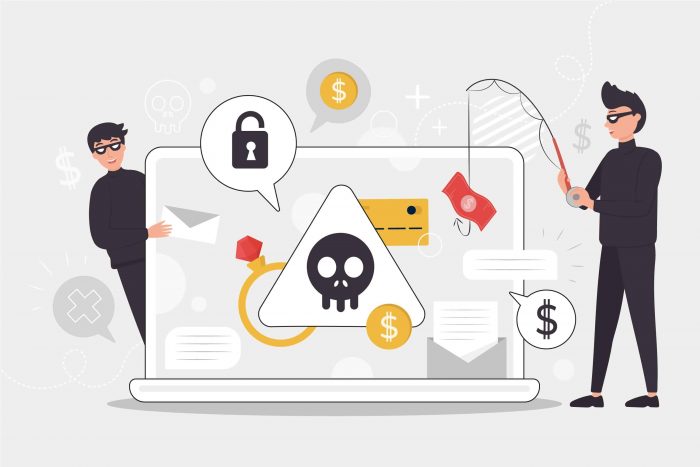
A MITM or Man in the Middle attack happens when cyber criminals embed themselves into a transaction. In the wake of interfering with the traffic, they can channel and steal information, as per Cisco. Man in the Middle attacks regularly happens when you utilize unprotected public Wi-Fi. Hackers embed themselves between you and the Wi-Fi and afterward use malware to download programming and use your information malevolently.
Phishing

Phishing attacks utilize forged correspondence, like an email, to fool the beneficiary into opening it and completing the guidelines inside, for example, giving a social security number. The main objective of this technique is to steal confidential information like credit card numbers, login credentials, and other important data.
SQL Injection
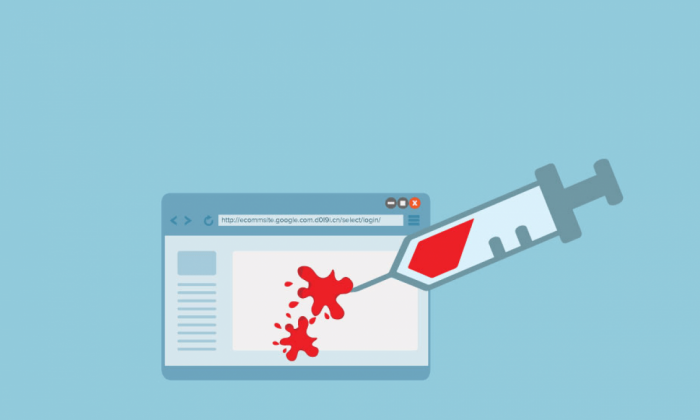
SQL or Structured Query Language injection is a sort of digital attack that outcomes from injecting harmful code into a network that utilizes SQL. At the point when tainted, the network discharges data. Presenting the malignant code can be pretty much as straightforward as accessing the search box of a weak website.
Password Attacks
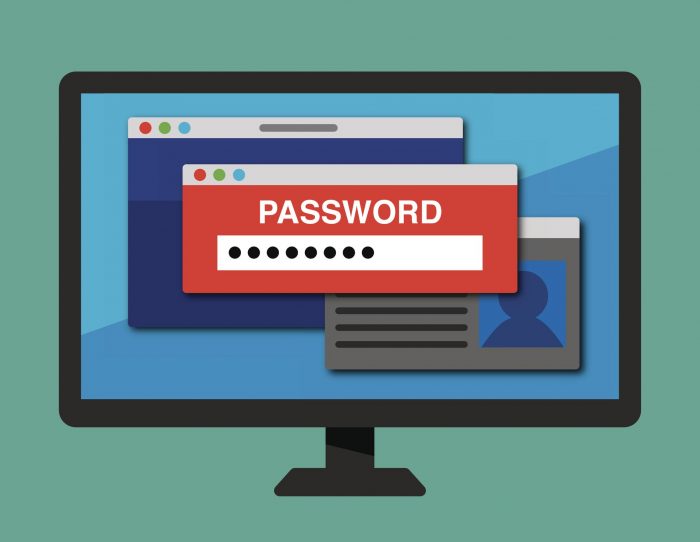
With the correct password, a digital attacker approaches an abundance of data. Social engineering, a kind of password attack, is a technique that digital attackers utilize to trick people into breaking security standards. This strategy is often based on human interaction.
Other kinds of password attacks incorporate guessing or getting access to a database of passwords.
Cross-Site Scripting Attack
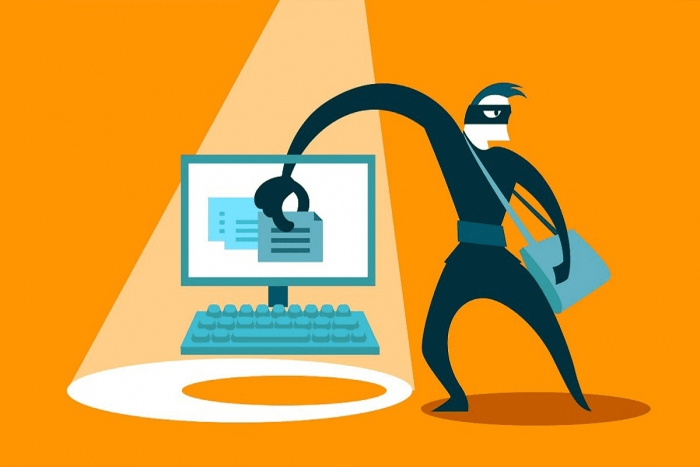
A Cross-Site Scripting Attack is also called an XSS attack. This attack occurs when an outsider targets a weak site, ordinarily one that lacks encryption. When targeted, the harmful codes are loaded onto the site. At the point when a normal user gets to said site, the harmful codes are conveyed either to their browser or system, causing undesirable conduct. The objective is to either damage the administrations of the system or to gain access to sensitive data.
Cryptojacking
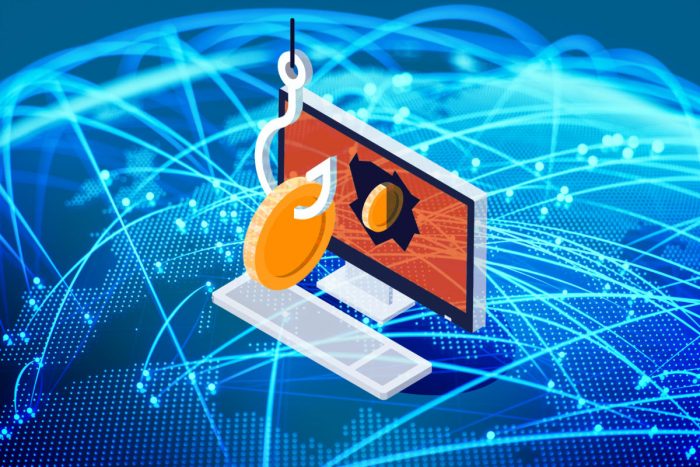
A type of cybersecurity threat that downloads such malware that can force the system to perform crypto mining, a famous type of acquiring cryptographic money. This, like other viruses, can taint unprotected frameworks. It is arranged because the demonstration of crypto mining is intensive to hardware.
In order to avoid this thread, you should keep all your security applications and programming up-to-date and ensure that firmware on your smart gadgets is likewise utilizing the latest version.
Water Hole Attack

This type of cyber-attack is mostly targeted at companies. Water Hole attack occurs when cyber attackers infect a website that a specific company visits regularly. Like an XSS attack, the purpose of a water hole attack is to load a website with harmful content.
To avoid falling victim to this cyber threat, you should be able to recognize harmful scripts. If you suspect a virus, you should keep the scripts off on websites.
Drive-By Attack
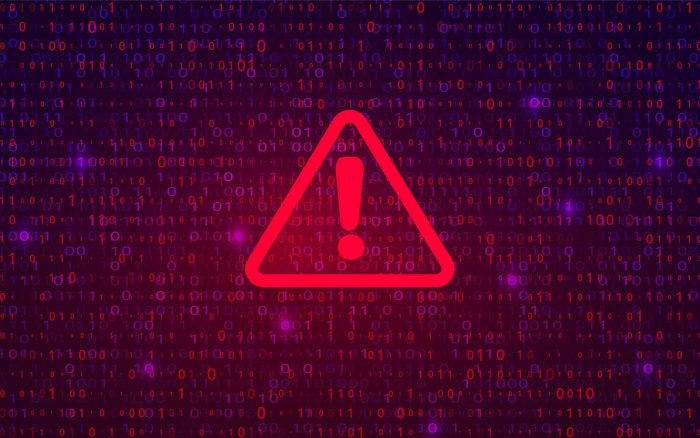
In a drive-by-attack, noxious code is conveyed onto a device or framework. However, there is no need for action on the client end, like clicking a link or downloading software. To avoid such attacks, all you can do is avoid harmful and suspicious sites. Browsers and antivirus software usually flag compromised sites.








